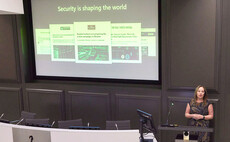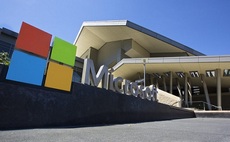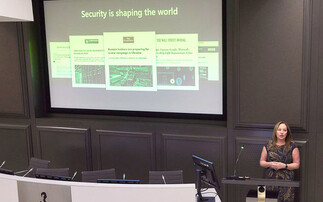Another day, another patch against security flaws supposedly exploited by Hacking Team
Microsoft has rushed out another out-of-band patch for Windows to secure a flaw exploited by Hacking Team, the hacked Italian software company that provided surveillance software to companies aroun...
To continue reading this article...
Join Computing
- Unlimited access to real-time news, analysis and opinion from the technology industry
- Receive important and breaking news in our daily newsletter
- Be the first to hear about our events and awards programmes
- Join live member only interviews with IT leaders at the ‘IT Lounge’; your chance to ask your burning tech questions and have them answered
- Access to the Computing Delta hub providing market intelligence and research
- Receive our members-only newsletter with exclusive opinion pieces from senior IT Leaders





















